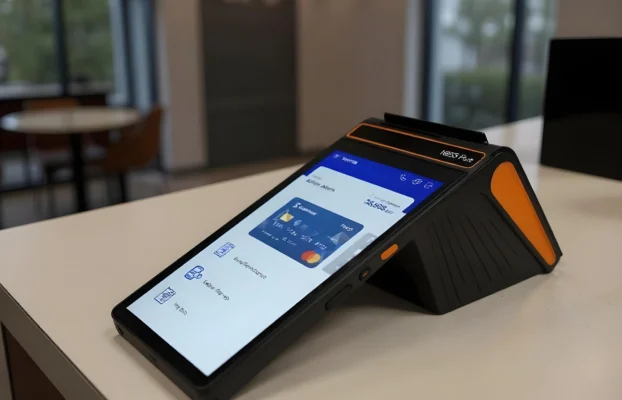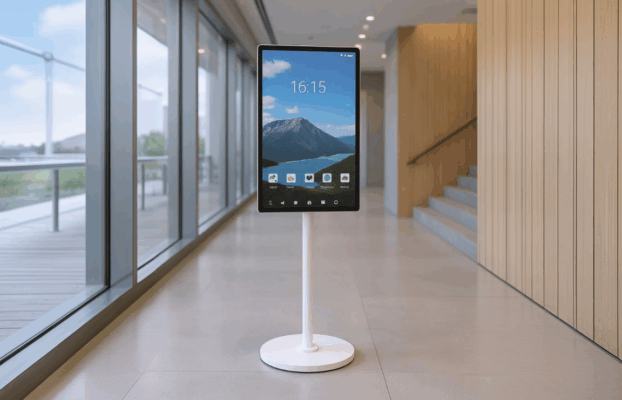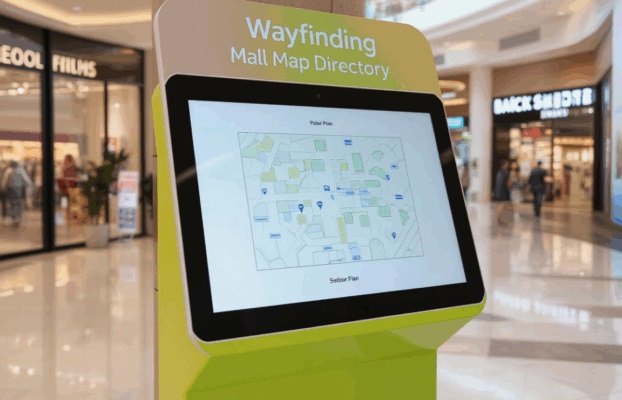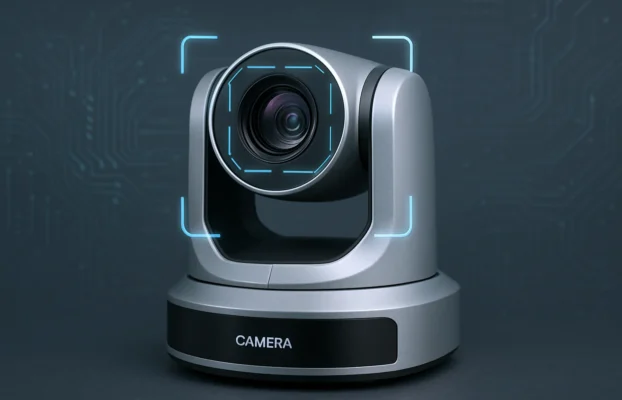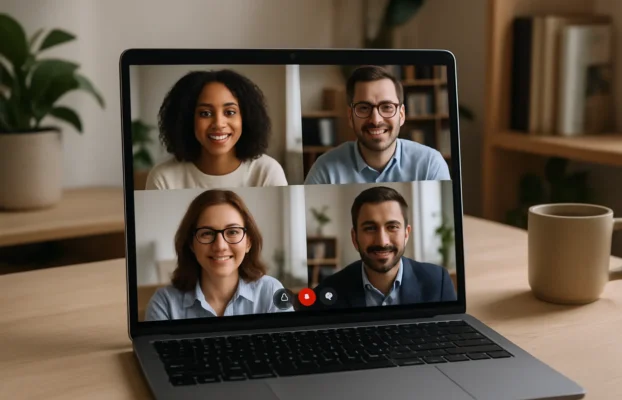Introduction: What Are Smart Classroom?
The term “smart classroom” refers to a classroom that is equipped with technology. These classrooms are often equipped with interactive whiteboards, projectors, and computers. They are also often equipped with the internet and wireless networking.
This blog posts will explore the different types of smart classrooms as well as their benefits and drawbacks.
Where Are Smart Classroom Used Today?
There are many potential benefits of smart classrooms for the students. It can help them to reduce the need for paper, reduce distractions, and improve their learning experience.
Some schools are already using smart classrooms in their classrooms today.
What are the Benefits of a Technology-Enhanced Education?
Technology has always been an important part of education. It has helped us in many ways, from teaching to learning. It is now being used as a tool for interactive instruction and assessment.
The benefits of technology-enhanced education are numerous. Students get a more personalized and adaptive learning experience, teachers can engage with students more effectively and parents can monitor their child’s progress remotely.
The advantages of edtech are also many but the most significant ones are that it improves the quality of education by providing better tools to teachers and students, it reduces the cost of education by making it affordable for everyone, it helps the environment by reducing paper use and last but not least, it encourages social interaction between students through online collaboration tools such as Google Docs or Office 365.
Best Practices for Successful Technology-Enhanced Education in the Classroom
Edtech is a term that is used to describe any technology that is used in education. It can be anything from a laptop to an interactive whiteboard and beyond.
It’s important for teachers and students alike to understand the ways in which edtech can be beneficial for them.
There are many benefits of using technologies in the classroom, but there are also some downfalls. Educators need to be aware of these issues so they can make informed decisions about what type of technologies they use and when they should use them.
The following are some best practices for successful technology-enhanced classrooms:
1) Provide a safe environment for tech use
2) Show how tech enhances learning
3) Promote collaboration and communication skills through tech integration
Conclusion: The Future Belongs to Educators who Embrace Technology
The future of education lies in the hands of educators who are willing to embrace technology. The new era is being shaped by the digital natives, and educators need to be ready for this change.
The future of education should not be about teaching students how to use a specific technology but rather the skills that they need to survive and thrive in a tech-driven world.

